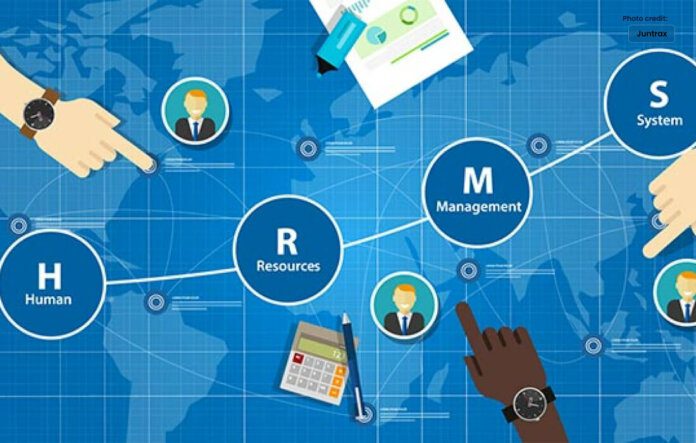Explore HRMS: Revolutionizing workplace with automate and experiences.
In today’s dynamic and fast-paced business landscape, managing human resources efficiently is key to driving organizational success. Human Resource Management Systems (HRMS) have emerged as a transformative solution that revolutionizes the way businesses handle their HR operations. In this article, we’ll delve into the world of HRMS, exploring how it enhances workplaces, streamlines processes, and contributes to overall growth.
Understanding HRMS
A Human Resource Management System (HRMS), also known as a Human Resource Information System (HRIS), is a comprehensive software solution designed to manage various HR functions and processes. From recruitment and onboarding to payroll and performance management, HRMS brings automation and digitization to every facet of HR operations. This not only reduces manual effort but also minimizes errors, enabling HR teams to focus on strategic initiatives.
Key Benefits of HRMS
- Efficient Workflows: HRMS automates repetitive tasks such as payroll processing, leave management, and document storage. This leads to streamlined workflows, eliminating time-consuming paperwork and allowing HR professionals to invest their efforts in strategic planning and employee development.
- Enhanced Employee Experience: Employees can access their personal information, payslips, and leave balances through self-service portals. This transparency and accessibility enhance the employee experience, empowering them to manage their own HR-related tasks.
- Data Accuracy: With HRMS, data is stored in a centralized database, reducing the risk of data duplication and errors. Accurate data supports informed decision-making and compliance with regulations.
- Recruitment and Onboarding: This simplifies the recruitment process by posting job openings, collecting applications, and managing candidate profiles. Onboarding is also made smoother with automated induction processes and digital documentation.
- Performance Management: It provides tools for setting performance goals, conducting evaluations, and offering feedback. This promotes a culture of continuous improvement and supports employees‘ professional growth.
- Analytics and Reporting: HRMS generates insights through analytics and reporting features. This data-driven approach helps HR teams identify trends, make informed decisions, and strategize for the future.
Features of HRMS
- Employee Database: Maintain a secure and organized repository of employee information.
- Time and Attendance Tracking: Monitor employee attendance, breaks, and working hours accurately.
- Payroll Management: Automate payroll calculations, tax deductions, and direct deposit processes.
- Leave Management: Enable employees to request leaves and track their balances, while allowing managers to approve requests seamlessly.
- Performance Appraisals: Conduct performance evaluations and establish development plans for employees.
- Training and Development: Plan and manage training programs to enhance employees’ skills and knowledge.
- Compliance Management: Ensure adherence to labor laws and regulations through automated compliance checks.
Embracing a More Efficient Future
As businesses strive for operational excellence, adopting an HRMS has become a strategic imperative. By automating processes, improving accuracy, and enhancing employee engagement, HRMS paves the way for a more efficient and productive workplace. As the world of work continues to evolve, embracing technology like HRMS ensures that HR professionals can focus on what truly matters – nurturing a talented workforce that propels the organization forward.




